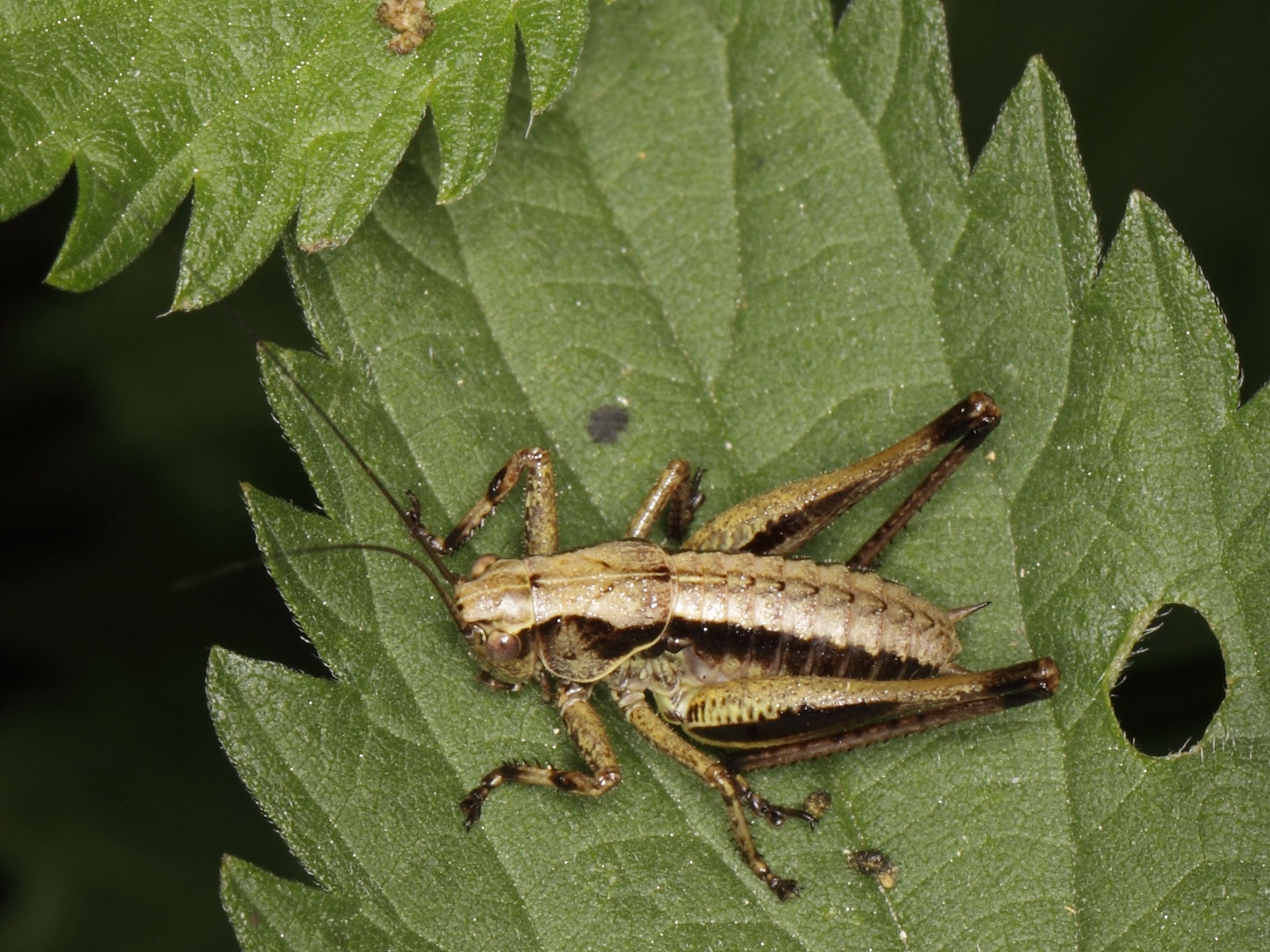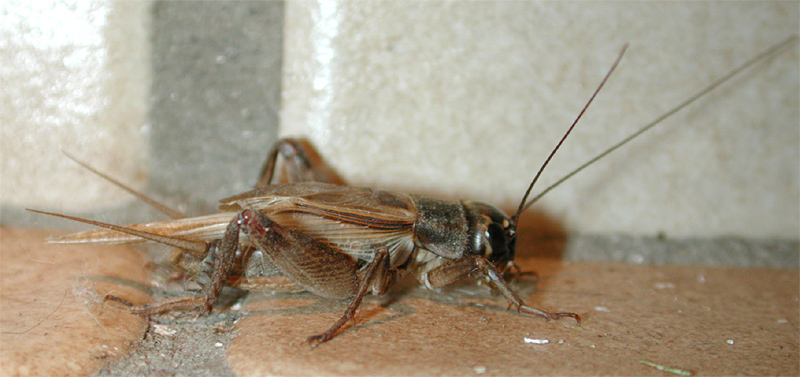Crickets are fascinating insects that are often heard but not always seen. Their familiar chirping sounds are a staple of warm summer evenings, but many people wonder, “Where do crickets live?” Understanding their habitats and life cycle can help you manage their presence in your home or garden and appreciate their role in the ecosystem.

 Myths and Facts About Crickets
Myths and Facts About Crickets
Natural Habitats of Crickets
Crickets live in various environments, but they are most commonly found in warm, moist areas. In the wild, crickets live in fields, meadows, forests, and even in the cracks of sidewalks. They prefer locations with plenty of plant material, as this provides both food and shelter. Crickets are nocturnal insects, which means they are most active during the night when temperatures are cooler, and they are less likely to be preyed upon by birds and other predators. Crickets can be found under rocks, logs, and within tall grasses, where they can easily hide from predators. In more hot and dry regions, crickets may be found in burrows that they dig themselves or in natural crevices in the ground to escape the heat of the day.
How Long Can Crickets Live?
The lifespan of a cricket can vary depending on the species and environmental conditions. Generally, crickets live for about 8 to 10 weeks from the time they hatch as nymphs until they die as adults. The life cycle of a cricket consists of three main stages: egg, nymph, and adult. The egg stage lasts about two weeks, after which nymphs emerge and begin their development into adults. Nymphs look like smaller versions of adult crickets but without fully developed wings. As nymphs, crickets go through several molts, shedding their exoskeletons as they grow. After about six to eight weeks, nymphs reach adulthood. Adult crickets live for an additional two to three weeks. In that period, they mate and lay eggs, continuing the life cycle.How Long Can Crickets Live Without Food?
Crickets are resilient insects, but like all living creatures, they require food to survive. Under normal conditions, crickets can live without food for up to two weeks. However, these durations can differ based on factors like temperature, humidity, and the cricket’s overall health. In cooler environments, crickets might survive a bit longer without food, while in warmer conditions, they may dehydrate more quickly and die sooner. Crickets are omnivorous and have a diverse diet, feeding on organic materials such as plants, fruits, and even small insects. When food is scarce, they may resort to eating decaying plant matter, fungi, and, in extreme cases, each other. This adaptability in diet helps them survive in various environments, but their longevity without food is still limited.How Long Can Crickets Live in a House?
When crickets find their way indoors, they can survive for quite some time, especially if the environment is favorable. In a house, crickets can live for several weeks to a few months if they have access to food and moisture. Homes with enough food sources, such as crumbs, pet food, or even fabric and paper, provide a hospitable environment for crickets. Crickets are often attracted to basements, kitchens, and bathrooms, where moisture levels are higher, and they can easily hide in cracks and crevices. While they generally don’t cause much harm, their presence can be annoying, especially due to their constant chirping. If left unchecked, they may also cause minor damage to fabrics, paper products, and plants inside the home. Myths and Facts About Crickets
Myths and Facts About Crickets
| Myth | Fact |
| Crickets only live outdoors. | Crickets can survive indoors for weeks or even months if the environment is suitable. |
| Crickets can live for years. | Most crickets have a lifespan of 8 to 10 weeks, though their life cycle can be extended in favorable conditions. |
| Crickets don’t need food to survive. | Crickets can survive for around two weeks without food, but they require resources to survive longer. |
| Crickets are only active during the summer. | Crickets are more active in warm weather but can survive indoors throughout the year. |
| Crickets cause significant damage indoors. | While crickets can chew on fabrics and paper, they typically do not cause major damage in homes. |




